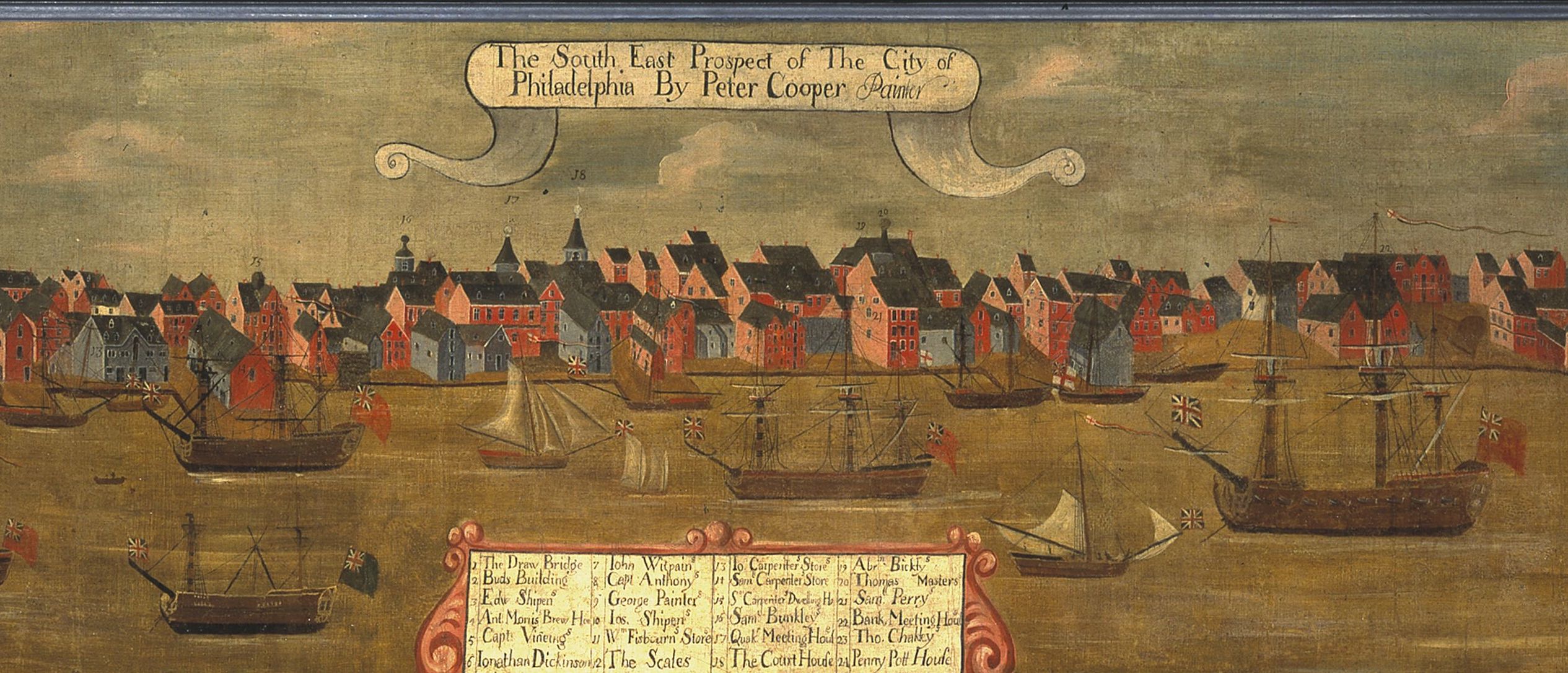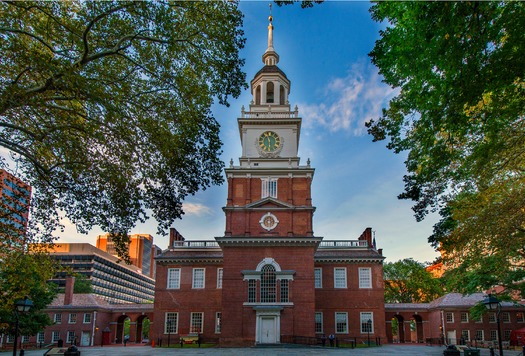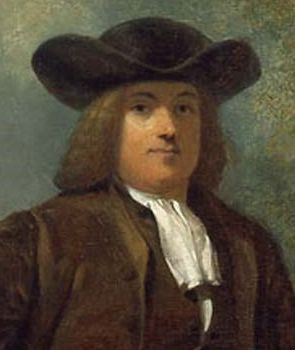Authors:
Historic Era: Era 3: Revolution and the New Nation (1754-1820s)
Historic Theme:
Subject:
Spring 2019 | Volume 64, Issue 2


Authors:
Historic Era: Era 3: Revolution and the New Nation (1754-1820s)
Historic Theme:
Subject:
Spring 2019 | Volume 64, Issue 2
Whether you’re a serious historian or you just enjoy learning about the past, Philadelphia has a lot to offer. The first UNESCO World Heritage City in the United States, it has been known variously as the “City of Brotherly Love,” the “Workshop of the World,” the “Cradle of Liberty,” and the “City of Firsts,” among several terms.


Philadelphia has reflected and represented much of the promise and progress of “America” as an idea and a great experiment. Whether in proclaiming freedom and creating new governments, inventing many technological and scientific improvements from bifocals to computers, discovering new medicines, initiating social reforms, and trying different kinds of community living, Philadelphia is like America itself -- a constant work in progress.
Philadelphia’s rich variety of architecture, arts, material culture, visual and verbal documents, and public spaces attest to that ongoing work, past and present. As such, walking about Philadelphia, especially the Old City and Center City areas, will reveal much about American history and culture and suggest what America stands for today.

Philadelphia was a planned city as part of William Penn’s “Holy Experiment,” and throughout its history has remained a place of “experiment” in all manner of fields, from science and technology to social engineering. This was so in laying out the city and trying to govern it. Penn sought order in the grid pattern he mapped out for the city, but people’s interests subverted his design from the beginning as they crowded along the water for